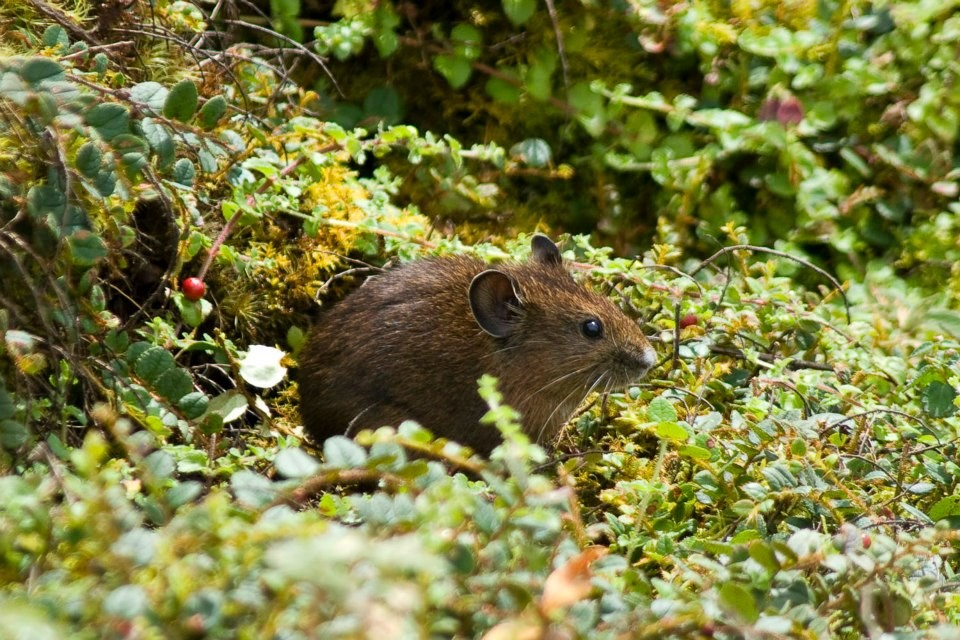
Pikas are small hare-like animals that live in the highlands. Scientists analyzed the genomic data of pikas of the subgenus Ochotona living in Tibet and found that one of its species, O. thibetana, appeared as a result of crossing with an ancient and now unknown species of these high-altitude animals. Scientists from the A. N. Severtsov Institute of Ecology and Evolution of the Russian Academy of Sciences worked on the study together with colleagues from the Institute of Zoology of the Chinese Academy of Sciences in Beijing.
Pikas are mammals from the order of lagomorphs, in appearance most reminiscent of large hamsters. Among the pikas there is a subgenus Ochotona, which includes eight species of burrowing alpine animals that inhabit Tibet and its environs.
A feature of this group was interspecific hybridization (crossing) between all its species. A few years ago, within the subgenus Ochotona, Chinese scientists described a new species of pika, Ochotona qionglaiensis, based on genetic data. It was later discovered that the species status of this pika was erroneously assigned: an analysis of nuclear genes conducted by Russian and Nepalese scientists in 2019 indicated that the newly described pika belongs to the long-known species O. thibetana (one of the species of Ochotona living in Sino-Tibetan mountains).
In their new study, the scientists analyzed the genomic data of this species of pika and its relatives for the first time. It turned out that a new species of pika, erroneously described by Chinese scientists, appeared as a result of ancient hybridization of one of the populations of O. thibetana with a currently unknown species of pika. It was the DNA of this unknown species that caused the error of scientists. As the researchers note, only a few genes were borrowed from the ancient ancestor, this phenomenon is called gene introgression and is quite common.
Interestingly, among the genes borrowed from an ancient unknown species, there are loci responsible for the formation of hair (associated with the synthesis of keratin).
At the same time, it is the variability of the skin color of O. thibetana that has long attracted the attention of researchers. Borrowed genes associated with the synthesis of keratin were found not only in one "hybrid" population, but also in neighboring ones, in the territory of most of Sichuan.
“It is these pikas (subgenus Ochotona) that are being studied now and will continue to be studied, because they allowed us to discover a unique evolutionary phenomenon - mass interspecific hybridization. Eight species entered into mass hybridization with each other at different times. At the same time, they did not lose their uniqueness - they remained unchanged, and did not become an average between the parent species. How this is done is currently not very clear. These pikas are a unique experiment of nature that we were lucky to find,” says Andrey Lisovsky, senior researcher at the Laboratory of Mammal Microevolution, Candidate of Biological Sciences, IEE RAS.
In the future, scientists plan to study the complete genomes of all species and find out which genes the pikas borrowed from each other.
Research published in Diversity and Distributions.
Related materials:
Search: "Greetings from an ancestor. Geneticists have found traces of unknown DNA in Tibetan pikas"
